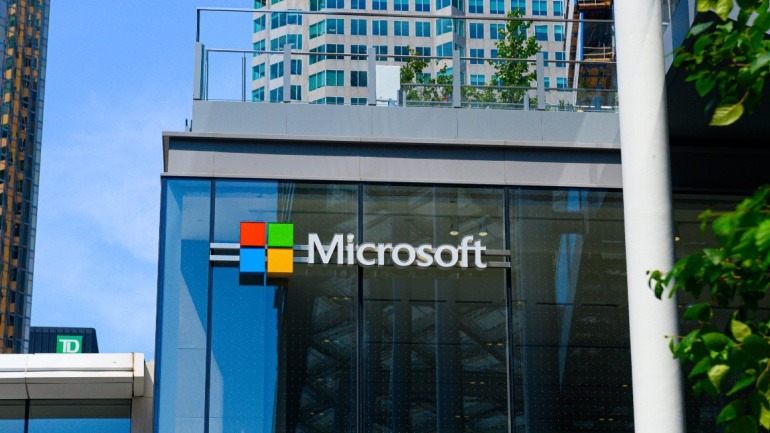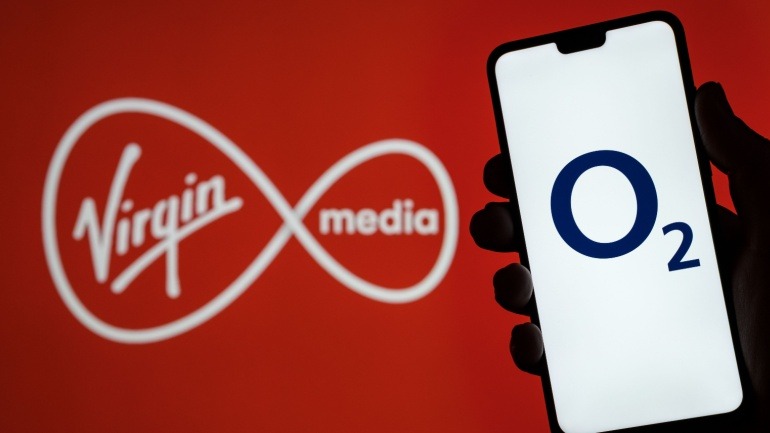The government initially planned to launch a 4G-based ESN in 2017, intending to fully replace the existing Airwave network by 2019. During its conception in 2015, the project was forecasted to cost around $5 billion. However, the ESN venture has encountered icelike progression. More than half a decade has passed, and the government has yet to establish a firm implementation timeline. Alarming reports have even speculated that the project won’t be operational until 2029.
Regrettably, a startling £2 billion has already been used up in the development of ESN, with little to no progress visible. Furthermore, the project’s anticipated budget has inflated significantly to more than £11 billion. The Public Accounts Committee (PAC) shared the findings from its fourth investigation into the ESN’s setbacks, striking hard at the Home Office for its inaction and poorly devised plan.
Committee chair Dame Meg Hillier expressed her huge disappointment, stating: “The ESN project is a classic case of optimism bias in Government. There has never been a realistic plan for ESN and no evidence that it will work as well as the current system.” Dame Meg harshly criticized the Home Office’s attitude towards the project. She pointed out that their intention to ‘crack on’ seems dangerously disconnected from the reality of the situation.
UK’s Emergency services have been burdened financially as the survival of the old Airwave system comes at a cost. The ambulance service reported spending £9.5 million on the transition, and the fire service has contributed £6 million, coupled with an additional £2 million for early ESN variants, which have already been superceded.
The police projected that acquiring more Airwave units could have cost them £125 million since 2018, with another £25 million expected by 2026. Interestingly, Motorola, the parent company of Airwave, was initially contracted to facilitate the ESN’s development. However, they absconded from the project last year amid fears of potential forced sale of Airwave by the UK Competitions and Markets Authority (CMA), after CMA projections indicated potential excess profits of £1.3 billion from the Airwave system over ten years.
Currently, an active hunt is underway by the Home Office for a new supplier to take Motorola’s place. As closing thoughts, the PAC suggested the Home Office engage an Independent Assurance Panel to monitor the progress on ESN, giving the department till the end of the year to formulate a credible plan for the ESN project, and demanding the creation of a new business case by Q1 2024.
As we observe how the UK telecoms market evolves, it’s clear that the story of the ESN project will continue to hold the attention of the industry. As we move forward, we must remain vigilant and active, not just for the good of the industry, but for the good of the entire UK emergency services ecosystem.







